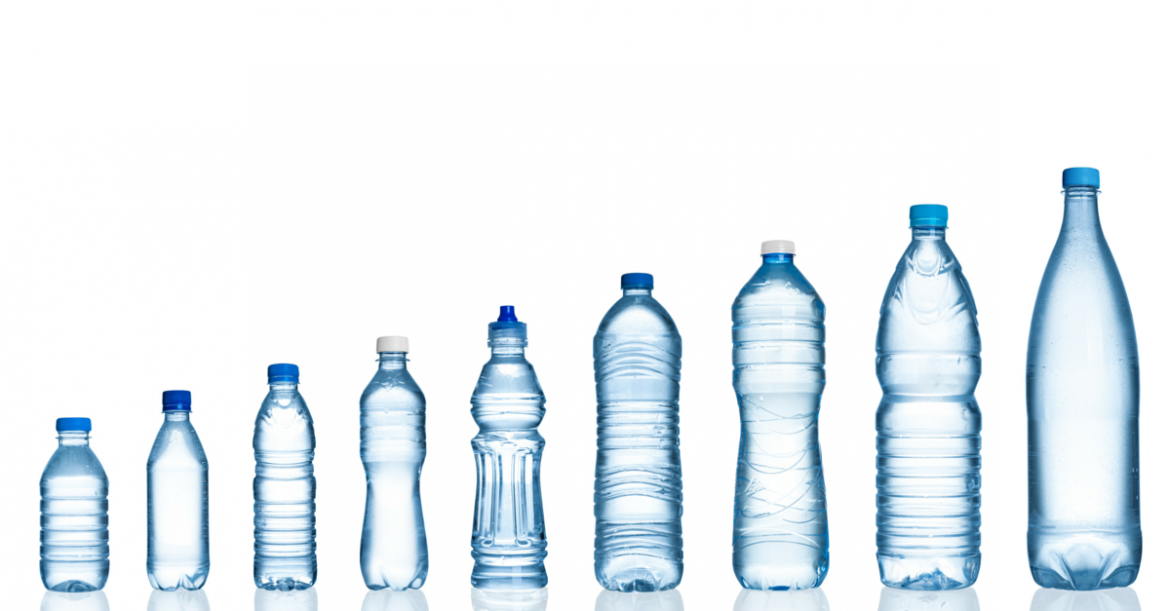When my son was a baby there was a ton of news talking about the dangers of plastic—specifically the danger posed to babies who drink from plastic bottles. Of course, while many moms choose to nurse their children, it is not always an option for every mom for a number of reasons (health, milk doesn’t come in, or maybe you choose/need to pump and bottle feed). Whatever the case, the news of dangerous plastics got me thinking—and not just about baby bottles, but all of the other plastics in our lives, too.
You may notice that most plastic bottles and containers bare the numbers 1-7. But, do you ever wonder what those numbers really mean? I found a great website, EcoVillageGreen that breaks down what each number means, as well as whether the plastic is considered safe. As you’ll see from the article, the safest plastics are #2, #4 and #5.
Plastic Bottles (they’re #2 & #5)
There are several types of bottles out there, but as a mom, the first type of bottle I worried about what a baby bottle, and then after that it’s been more about sippy cups and reusable water bottles. Most (if not all) baby bottles and sippy cups on the market today are BPA-free, but if you pick up the cups or bottles and look at the number on the bottom, you’ll usually see a #2 or a #5. Both of these plastics are generally considered safe. The real worry a few years ago arose when data on the potential dangers of Bisphenol A (BPA) was released. The concern is the possible effects BPA could have on the brain, behavior and prostate gland of fetuses, infants and children based on lab tests done on rodents. The government scientists have said their report is not final, and will not come out an call BPA unsafe without further testing. I think I’ll minimize my family’s exposure anyway. The US Department of Health and Human Services has a helpful page with information about BPA especially for parents. It offers tips for minimizing BPA exposure, as well as letting you know types of baby formula that could possibly contain BPA.
If you’re looking to avoid BPA, and the dangers associated with plastics, I would recommend investing in some reusable stainless steel water bottles. Pura Stainless Bottles offer a really nice option for parents, because you can fit most other bottle tops on their bottles. According to the company, most baby bottle nipples will fit on Pura Bottles, as well as the tops to most sippy cups. This makes these bottles something that can truly last for many years. I like the idea of using these as your baby bottles since you’re eliminating the exposure to plastics without having to take the glass (read: breakable) route.
Plastic Wrap (it’s a #3)
This is a real challenge because people like to wrap their food in plastic wrap because it makes it easy to see what you have. I have gotten away from using plastic wrap for a number of reasons, but mostly because I rather take advantage of my stockpile of reusable containers. When I make chicken parmigiana, I store the leftovers in my glass pyrex cookware that comes with a cover. Glass is great for storing food (but make sure your children know not to take it out of the fridge). In addition, when I reheat my chicken parmigiana, I can put it right in the oven using the same glass dish I stored it in. I love this because it cuts down on dishes I have to wash.
Definitely try not to cover food you are going to heat using plastic wrap. Plastic wrap contains phthalates which are softening materials that can interfere with hormonal development. I think I’ll feed my children food that’s been heated without the hormone-altering side-effects.
Food Storage
I briefly touched on this when discussing plastic wrap, but there are several ways to store your food without using plastic. I have corelle dishes and most of the bowls that came in my set also came with covers, which makes for easy food storage. Also, when heating food in the microwave, sometimes I will simply cover the item with one of my corelle dishes—no need for plastic wrap or a plastic cover.
Another option is stainless steel food containers. They are a great alternative to glass because they are not breakable. Of course they have the disadvantage of not being microwave, or oven safe. But, they last a very long time and will not leach harmful chemicals into your food.
Glass is really my top choice, because it’s transparent so you can see what’s in it. I find food is less likely to go bad when I know what’s in a container. I also love the ease of storing in glass. On the nights I work, my husband can simply transfer the glass baking dish to the oven and with pretty much zero energy on his part, dinner is made.
If you can avoid using plastic for your food and drinks, then I would highly recommend it. There are so many wonderful alternatives available—many of them used by our parents and grandparents. While plastic may seem convenient and easy now, the chemicals and dangers they could pose are not an easy pill to swallow, especially when thinking about your children. Whenever possible, opt for glass or stainless steel. Save the plastic for toys.
 Food
Food Farmers
Farmers Sustainable Living
Sustainable Living Living Planet
Living Planet News
News